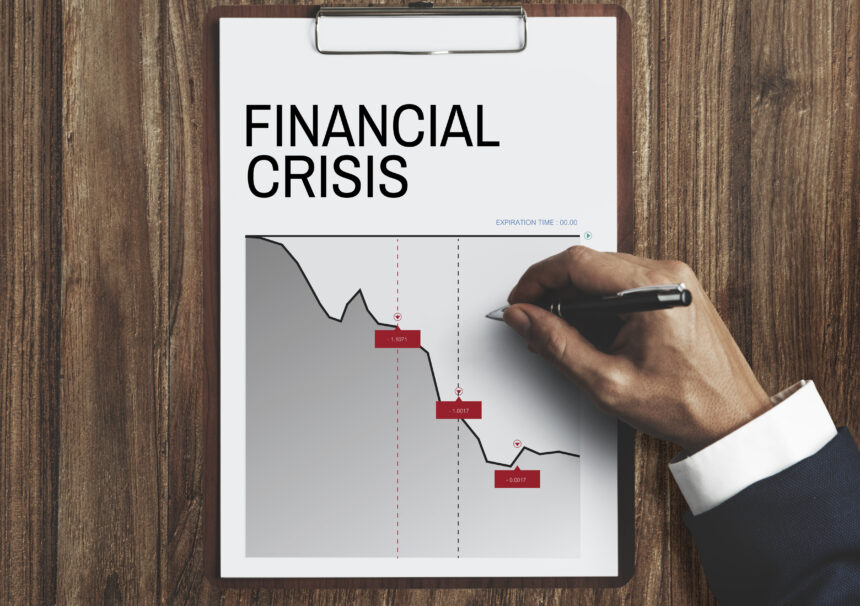Bond Default Risk: Understanding the Potential for Losses
When investing in bonds, one of the key considerations is the default risk associated with the issuer. Bond default risk refers to the possibility that the issuer of a bond may fail to make timely interest payments or repay the principal amount when the bond reaches maturity. Understanding this risk is crucial for investors as it directly affects the potential for losses in their bond portfolios. In this article, we will delve into the concept of bond default risk, explore its causes and indicators, and discuss strategies for managing and mitigating this risk.
Causes of Bond Default Risk
Default risk can arise from a variety of factors, some of which include:
- Financial Distress: Companies or governments facing financial difficulties may struggle to generate sufficient cash flows to meet their debt obligations. Economic downturns, poor management decisions, or adverse market conditions can contribute to financial distress.
- Industry-Specific Factors: Certain industries, such as energy or technology, may be more prone to default risk due to their inherent volatility or susceptibility to market disruptions. For example, a decline in oil prices can significantly impact the ability of energy companies to service their debt.
- Regulatory and Political Risks: Government entities or companies operating in politically unstable regions face heightened default risk due to regulatory changes, geopolitical tensions, or the potential for expropriation of assets.
Indicators of Bond Default Risk
To assess the default risk associated with a bond, investors analyze various indicators, including:
- Credit Ratings: Credit rating agencies evaluate the creditworthiness of bond issuers and assign ratings based on their assessments. Ratings such as AAA, AA, and A signify low default risk, while ratings below BBB indicate higher default risk. Investors rely on these ratings to gauge the likelihood of bond defaults.
- Bond Spreads: The yield spread between a bond and a benchmark, such as a government bond, reflects the perceived default risk. Higher spreads indicate greater market concerns about the issuer’s ability to repay its debts.
- Financial Ratios: Investors examine financial ratios, such as leverage ratios (debt-to-equity), interest coverage ratios, and cash flow metrics, to assess the issuer’s financial health and ability to meet its debt obligations. A deteriorating financial position raises default risk.
Managing and Mitigating Default Risk
While default risk cannot be eliminated entirely, investors can employ several strategies to manage and mitigate it:
- Diversification: Spreading investments across different issuers, industries, and geographic regions can help reduce default risk. A well-diversified portfolio minimizes the impact of individual defaults on overall investment performance.
- Thorough Research: Conducting comprehensive research on bond issuers, including analyzing their financial statements, business models, and industry dynamics, is essential. This due diligence helps identify potential default risks and informs investment decisions.
- Bond Insurance: Purchasing bond insurance, also known as credit default swaps (CDS), can provide protection against default. CDS contracts transfer the default risk to a third party in exchange for regular premium payments.
- Active Monitoring: Regularly monitoring the financial health of bond issuers and staying updated on industry and market trends is crucial. Timely identification of deteriorating creditworthiness allows for proactive measures, such as selling or reducing exposure to risky bonds.
- Professional Advice: Seeking guidance from financial advisors or bond market experts can provide valuable insights into assessing default risk and constructing a suitable bond portfolio.
Conclusion
Bond default risk is an inherent aspect of investing in fixed-income securities. Understanding the potential for losses due to bond defaults is essential for investors to make informed decisions and manage their portfolios effectively. By evaluating the causes and indicators of default risk and implementing appropriate risk management strategies, investors can navigate the bond market with greater confidence and mitigate the potential impact of defaults on their investment returns.










